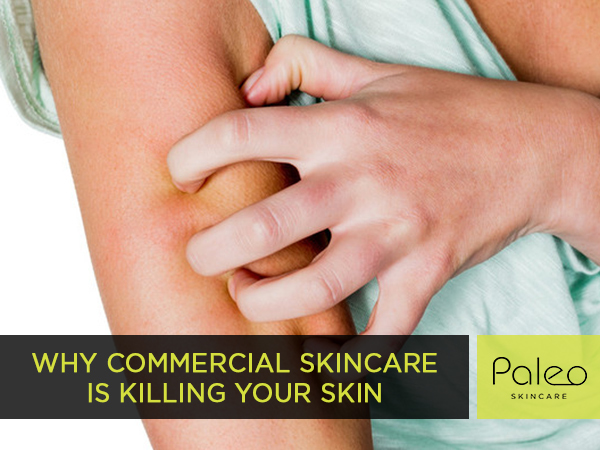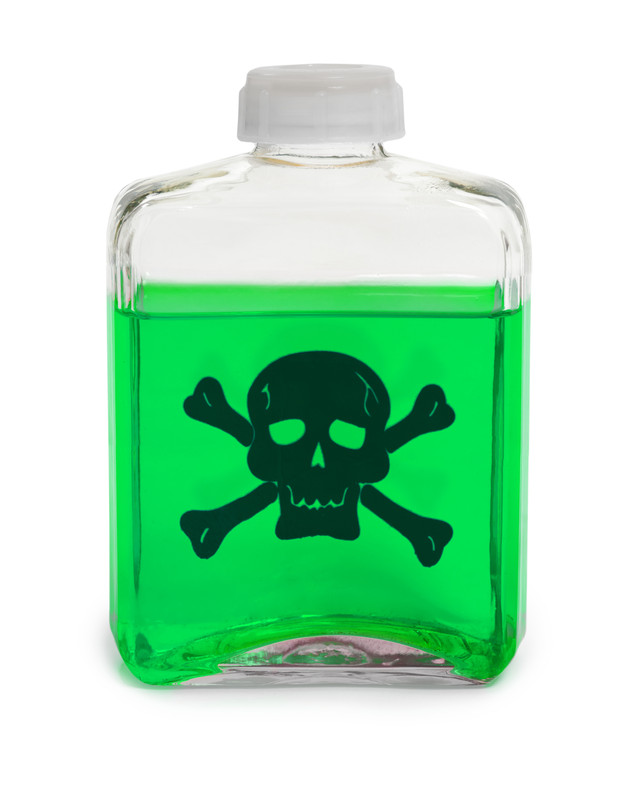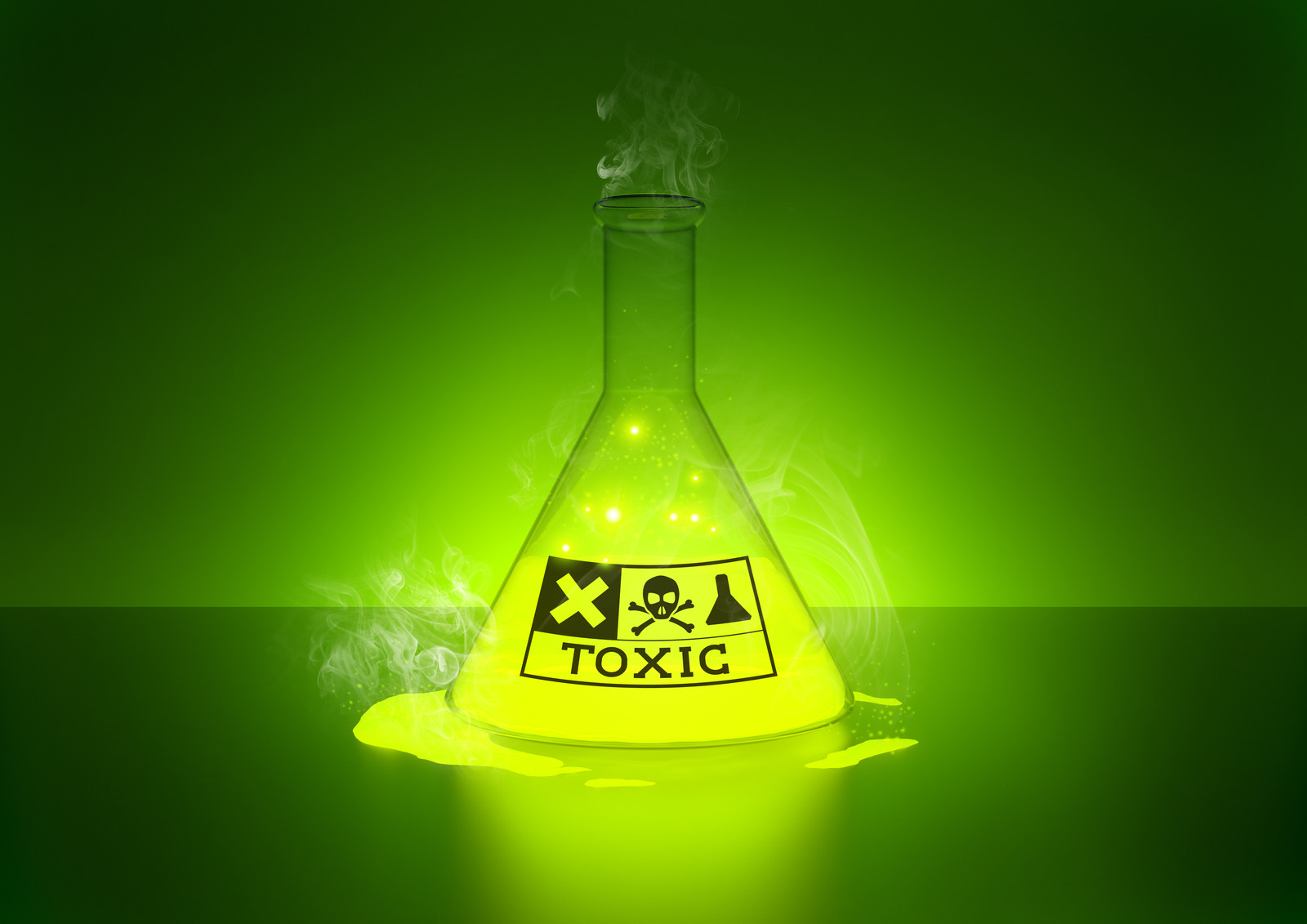Why Commercial Skincare is Killing Your Skin

Commercial skincare is harming alot more than your skin
Mainstream skincare includes a whole host of unnecessary, harsh, and even harmful ingredients in its products. Sudsy soaps and commercial cleansers may feel as if they are doing a good job at removing the pollutants and impurities that everyday life exposes you to but they remove much more than that.
Mass produced, commercial products are too strong, and strip away natural, necessary oils and nutrients, leaving behind dry, dull, tired skin.
Often these products claim to include natural ingredients - like essential oils or “naturally” sourced nutrients, like Vitamins A, C or E. However, these “naturally” sourced vitamins and antioxidants are often included in such unsubstantial quantities that they just don’t stand a chance at counterbalancing the destruction being caused by the products’ other ingredients.
Most commercial skincare companies only include enough of the “natural” ingredients tagged onto their ingredient lists to be allowed to print their names in glittering, gilded print on the front of the bottle. They are deceiving consumers into believing that they are purchasing something healthful for their skin, when in reality they are doing just the opposite.
Skincare Nasties to be Avoided
Third-party, peer-reviewed, scientific literature has identified the following ingredients - all popular in commercial skincare - as being “potential health risks” (and we think that is putting it mildly!):
Parabens:
These are added into commercial skincare products as synthetic preservatives. The labels of your favourite products may have a number of prefixes attached to the word “paraben” in their ingredient lists, including methyl, ethyl, propyl, and butyl. No matter which prefix they’re paired with, all parabens should be avoided. They have the potential to disrupt the natural processes of your endocrine system, and to mimic extra oestrogen within the human body.
Phthalates:
These are a bit tricky to detect when you are seeking safe products, as they are not usually acknowledged in ingredient lists. However, they are potentially toxic, synthetic fragrances that have been linked to birth defects and developmental problems in children. Consider it this way: Is the potential health of your child really worth the fleeting thrill of temporarily smelling like an artificial flower?

Propylene Glycol (PG) and Butylene Glycol:
These petroleum derivatives have the ability to draw other, potentially more harmful chemicals, into your blood stream.
Sodium Lauryl Sulfate (SLS) and Sodium Laureth Sulfate (SLES):
These are usually added to face and body washes, as well as other products, to function as a foaming agent. It may feel as if foaming products make your skin “squeaky clean”, but in reality the foam in most cleansers and body washes is unnecessary. It is not proven to provide any true benefits to your skin. In fact, foaming cleansers tend to strip skin and hair of their protective natural oils, and are potentially carcinogenic.
Petrolatum, Mineral Oil and Paraffins:
If you’re in favour of protecting the environment, you’ll want to steer clear of these! None of the above are renewable products, as they are derivatives of crude oil. They also are riddled with potentially dangerous impurities.
Formaldehyde Donors:
These are preservatives that function by releasing steady amounts of formaldehyde, which is known to be a human carcinogen. Examples include DMDM hydantoin and urea. Formaldehyde is also used in morgues to preserve dead bodies. That doesn’t exactly make you think “lively” or “fresh” skin, now does it?
Phenoxyethanol:
As the new darling of the chemical industry, phenoxyethanol (made from two known carcinogens) is now being included in almost all commercial cosmetics as an alternative to formaldehyde donors and parabens. This is despite the fact that the European Union classifies it as ‘an irritant’ and a study in Germany that reviewed over 3000 known allergens and data from almost 10,000 patients found phenoxyethanol to be one of the top most common ten allergens in those patients. At moderate concentrations the chemical negatively affects the kidneys, bladder, brain, and nervous system. It has been banned from all cosmetics in Japan, but is still allowed at concentrations of 1% or less in Australia and the US.
As if the list of health risks associated with commercial skincare wasn’t long enough already, there are even more ingredients common to mainstream skincare to look out for.
The following have been collectively linked to reproductive problems, learning disabilities, infertility, skin allergies, birth defects, and even cancer:
DEA, MEA and TEA:
These chemicals are typically used to boost the foaming and/or creamy qualities of cosmetic products. They can react with other chemicals called nitrates, which are also common in cosmetics, to create nitrosamines. The International Agency for Research on Cancer considers nitrosamines to be a possible carcinogen. Additionally, DEA, specifically, is classified as “harmful” by the European Union because prolonged exposure to it (applying it to your face daily over the course of several years, for example) can “cause serious damage to humans’ health”.
Dioxin:
Dioxin isn’t always listed on labels, but it is present in many popular antibacterial and ethoxylated products. (Wondering what ethoxylated means? Ethoxylation is a process that makes a substance or a product dissolve more easily in water.) The problem is that it creates 1.4 dioxane, a known carcinogenic, as a byproduct. Long-term exposure to dioxin can lead to immune system issues, nervous system problems, and birth defects.
PEG's and other emulsifiers:
PEG is an abbreviation for polyethylene glycol, which is a thick sticky liquid used either as an emollient (softens and lubricates the skin) or emulsifier (helps water-based and oil-based ingredients to mix together) in many cosmetic and skincare products. Although PEGs have been found to be only minimally irritating to eyes and skin on their own, these chemicals can make it easier for other, possibly more harmful, ingredients in whatever product you are using to penetrate your skin quite deeply.
FD&C colours and pigments made from coal tar:
Not only are these artificial dyes completely unnecessary in most products, but they can be quite irritating to skin and sometimes cause allergic reactions.
Benzoyl Peroxide:.jpg)
Used in many acne products, benzoyl peroxide has a tendency to dry out the skin. This leads your body to try to compensate for the dryness by creating even more sebum (the natural oil that your skin and scalp release) than it did before you used the product. This can actually lead to even more acne.
Triclosan:
An antibacterial and antifungal agent present in about ¾ of liquid soap products. Some studies have found that when it reacts with the chlorine in tap water, it can produce the carcinogenic gas chloroform. It can also be excreted in human breast milk. Additionally, an American study conducted by the National Health and Nutrition Examination Survey found positive associations between children’s allergies and the levels of triclosan in their urine.
How could it ever be possible to avoid every single one of these dangerous deities, but still have luminous, healthy, smooth, supple skin?
What’s the alternative then? Back to basics is the best way to think about it. All our products are created with that philosophy in mind. Paleo Skincare products have ‘skinny’ ingredients lists consisting of only those ingredients that your skin sees as real food - without all of the toxic fillers and additives.
